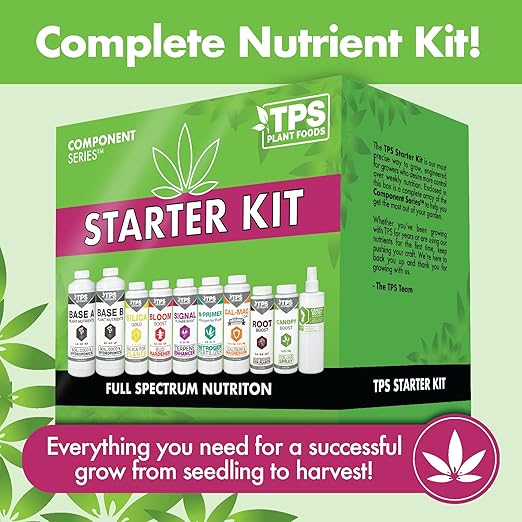Can Foliar Fertilizers and Pesticides Be Used Together?
Yes, foliar fertilizers can be mixed with pesticides, but it’s important to follow certain guidelines to ensure their effectiveness and avoid potential negative reactions. Here’s what you need to know about combining these two products safely:
1. Mixing Foliar Fertilizers and Pesticides: Key Considerations
When mixing foliar fertilizers with pesticides, it’s crucial to keep in mind their chemical properties. Avoid mixing pesticides with different pH levels or incompatible properties, as this can lead to harmful chemical reactions. Specifically, do not mix acidic pesticides with alkaline fertilizers, or vice versa, as this could cause the ingredients to neutralize each other and reduce their effectiveness.
- Acidic fertilizers should be mixed with acidic pesticides.
- Alkaline fertilizers should be mixed with alkaline pesticides.
This will prevent issues such as precipitation and loss of efficacy. It’s always a good idea to conduct a small test on a limited area before applying the mixture over a larger space. This helps confirm that no damage to the plants occurs.
2. Proper Mixing Order for Foliar Fertilizers and Pesticides
To ensure a successful mixture, follow a proper mixing order. First, prepare the liquid solution with the appropriate amount of water. Then, add the following ingredients in sequence:
- Foliar fertilizer
- Wettable powder
- Suspending agent
- Water agent
- EC (Emulsifiable Concentrate)
Avoid mixing the fertilizers and pesticides before adding water, as this could lead to undesirable reactions. Also, consider the quality of the water used—its pH and ion concentration can influence the overall effectiveness of the solution. It’s best to use clean sources like well water, rainwater, or river water.
For optimal results, prepare the solution just before use. Some mixtures may be stable at first, but over time, they can degrade, losing effectiveness or even causing harm to plants.
3. Contraindications for Mixing Foliar Fertilizers and Pesticides
There are certain combinations that should be avoided to ensure the safety and efficacy of both the fertilizers and pesticides:
- Alkaline pesticides should not be mixed with ammonium nitrogen fertilizers or superphosphate fertilizers, as this can cause ammonia volatilization, reducing the fertilizer’s efficiency.
- Pesticides containing arsenic should not be combined with potassium or sodium salts fertilizers, as this can result in the creation of soluble arsenic, which is toxic to plants.
- Avoid mixing alkaline fertilizers (such as ammonia, lime, or plant ash) with pesticides, as this can reduce the effectiveness of the pesticide.
- Do not mix chemical fertilizers with microbial pesticides. The volatile and corrosive nature of chemical fertilizers can kill beneficial microorganisms, such as those used in biological pest control, reducing their effectiveness.
By following these guidelines, you can ensure that both foliar fertilizers and pesticides work as intended, giving your plants the nutrients they need while keeping them protected from pests.

